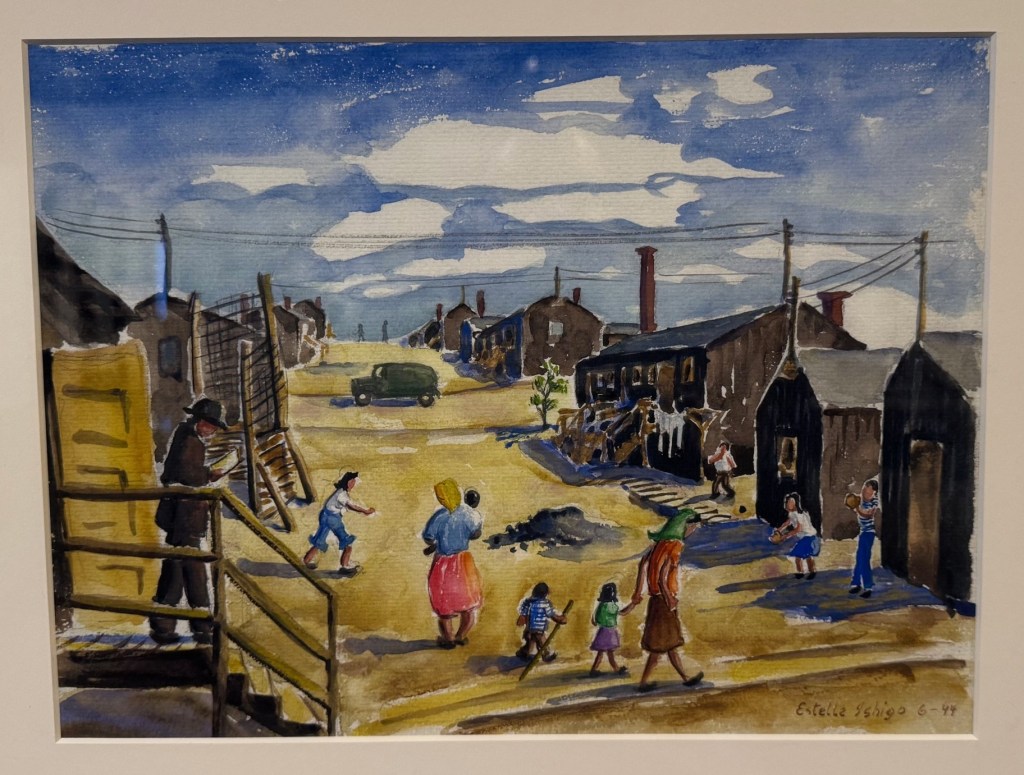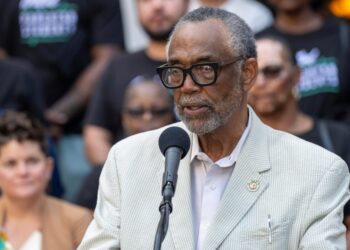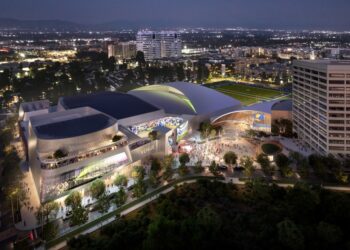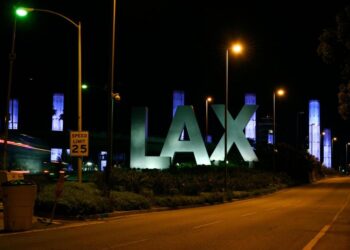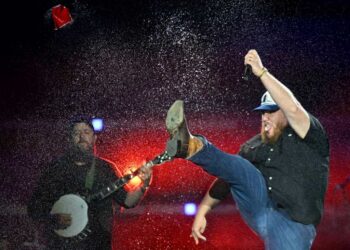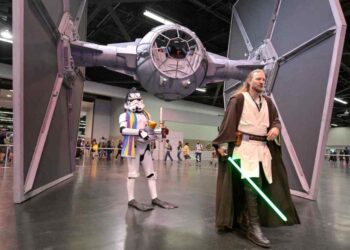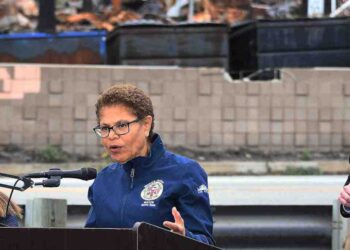My travel last Sunday by rail to meet two friends in Little Tokyo to watch the Dodgers game at a bar was mentioned here in passing on Wednesday. Perhaps you’d like to hear about my side trip.
After transferring at Union Station from Metrolink to light rail, I arrived at the Little Tokyo station about 45 minutes before our meet-up time. The Japanese American National Museum (100 N. Central Ave.) is across the street. I thought I might as well see what was new.
Typically, admission is $16 for adults, or $9 for those 62 and older. But that day, due to a craft show inside, admission was free. Can’t beat that.
“Contested Histories: Preserving and Sharing a Community History” is one current exhibit. The backstory is fascinating.
In the waning days of World War II, a man named Allen Hendershott Eaton, an expert on American folk art, visited five of the American concentration camps that held Japanese Americans, curious about the creative activity by inmates.
Astonished by what he found, Eaton published a book of photographs in 1952 — “Beauty Behind Barbed Wire” — and was later given many of the artworks. In 2015, long after his 1962 death, the entire set of art and artifacts was put up for auction.
The Japanese American community rallied to oppose the public sale of these artifacts. Actor George Takei was among them. The auction was canceled. The objects, stored unlabeled in cardboard boxes, ended up with the museum, which has done national outreach to talk to camp survivors to crowdsource information on the objects and their creators.
On display are paintings, fine woodworking and metalwork, and more, along with personal stories, where known, arranged by the camp where they originated.
My eye was caught by two watercolors by Estelle Ishigo, in which she paints scenes at Heart Mountain in Wyoming, where she was held.
RELATED: Years ago, Wyoming wilderness became home for Pomona Japanese American internees
In one, internees go about their day outside the simple…
Read the full article here

